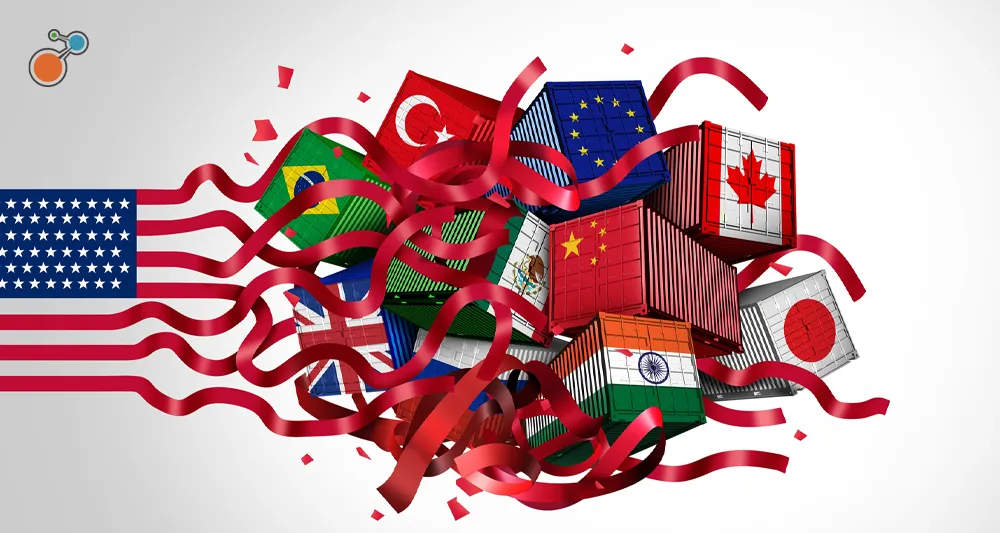Organizations have a choice for the post-pandemic era – return to business as usual or get smart and learn from their mistakes.
Getting your crisis response plan right is even more essential when you consider that that crisis is rarely a siloed event. One crisis – like a health and safety issue – can spill over to supply chain, business continuity, business relationships, IT security, workforce productivity, and beyond.
Left unchecked, this cascading effect of crisis will wreak havoc over time. But it also will reveal stress fractures – functional, cultural, operational – that made the organization fragile in the first place. These weaknesses are your starting point to fortify your defenses, improve your preparedness, and strengthen your resilience.
“We never considered curbside pickup or delivery – and yet here we are, meeting the expectations of our guests. The speed at which things are getting done is incredible.”
Britt Roarx, Director of Property and Casualty Risk, Texas Roadhouse
This pandemic has provided stark illustration of the intertwined nature of risks. You must have an unobstructed, contextual view of risk in your organization. You must be able to see every risk, how each one connects to other risks, and how the impact rolls up to the enterprise level. You simply cannot make sense of it all standing in a silo.
What will the next big crisis be? Climate change is at the top of many lists. Climate change could actually trigger a whole host of systemic risks, including coincidentally, pandemics. Scientists are reporting that melting glaciers could unleash ancient viruses for which we have no natural resistance.
Climate change also could trigger geographical conflict over water supplies. It could cause droughts that disrupt food production, food prices, and ultimately, the global economy. And it could spark a large-scale environmental migration, exacerbating regional tensions.
The good news is, if the coronavirus crisis is any indication, organizations are nimbler than they thought. Some of the most bureaucratic companies dug deep into their long-forgotten entrepreneurial roots to pivot production to personal protective equipment or other essentials. They are making decisions and committing to action at an unprecedented speed – without a second glance in the rearview mirror.
As devastating as crisis can be, it can also provide a roadmap to your future. You know now what held you back, what slowed your response, and what information would have made things easier. All of those are points to visit and revisit along the road to resilience. It’s time to get started on your journey.
The Road to Resilience
- Allocate budget to proactively build your crisis response and governance structure.
- Keep your crisis response plan up to date by continuously testing and retesting.
- Invest in fact-finding technology so you can act quickly with wisdom and intelligence.
- Speak to all constituencies with transparency and integrity.
- Apply lessons learned so you don’t make the same mistakes again.
For more on recovering from crisis with resiliency, check out our e-book, Life After Lockdown: A Playbook for Crisis Recovery, Resiliency, and Restarting Right, and all of our Crisis Preparedness Resources.




